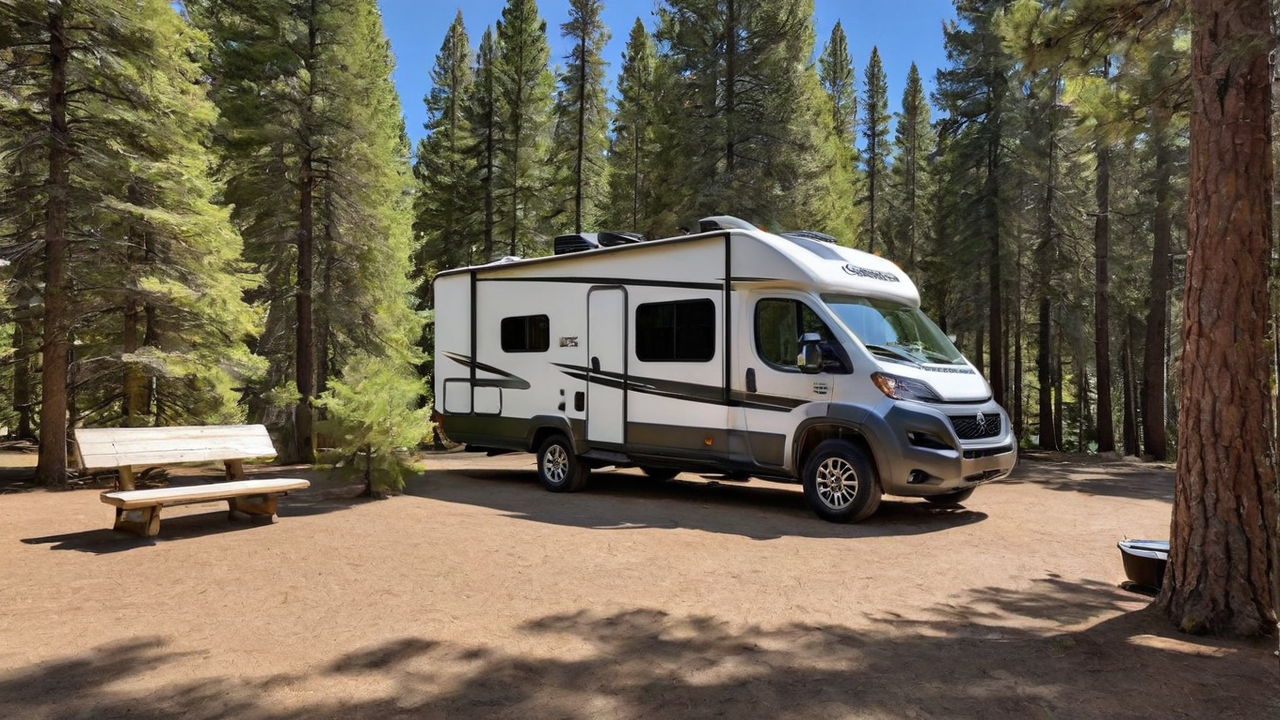Designing the Optimal User's Interface: Design Guidelines for Campground Software

Grasping The Audience
Identifying whom your intended audience are crucial in designing an effective user's experience. It's essential to consider your needs, likes, and tech competence. This understanding directs every design choice, ensuring that your software becomes user-friendly and easy to use.
Understanding the audience likewise means recognizing their challenges and the way they plan to utilize the campground software. It enables the designers to tailor functions and functionalities that address specific requirements, making your software not only helpful but also indispensable.
Simplifying the Navigation System
Simplifying your navigation can be one critical aspect of user interface designing. A clear navigation structure makes sure users can quickly find what they're looking for, cutting down frustration and improving satisfaction levels. It's about the user journey within the software as smooth and effortless as possible.
Furthermore, effective navigation leads visitors through your software, showcasing functions and tools that they might otherwise would overlook. Such an approach not only improves user experience but also encourages deeper interaction with the campground software full array of capabilities.
Integrating Premium Visuals
Graphics have a vital role in making a engaging user interface. Visuals help in breaking up text and can convey functions more efficiently than words alone. Selecting the appropriate images, symbols, and color schemes can improve the overall aesthetic of your application, making it more visually attractive to the eye.
Additionally, visual consistency is crucial for establishing brand identity and trustworthiness amongst users. Each component should be in sync with your brand’s values and the overall mission of the software, resulting in a seamless experience that feels both professional and inviting.
Enhancing Responsiveness
In today's tech world, users expect camping programs to be responsive on every platforms, from desktops to smartphones. A responsive interface ensures that regardless of what screen size, your software offers an uncompromised user experience. This not only boosts usability but also caters to the users’ on-the-go lifestyle.
Moreover, enhancing your software’s responsiveness can also lead in better speed, minimizing the loading time and preventing frustration. Visitors value a speedy and efficient experience when accessing camping applications, making performance a crucial element in satisfaction levels.
Optimizing the Search
Locating data efficiently is fundamental in any software, especially in campground management. Enhancing your search feature allows users to quickly locate exactly what they're searching for, which in turn enhances user experience and productivity. Through advanced search features, you minimize user frustration and boost general satisfaction.
Furthermore, complex search features like filters and tags can assist in narrowing down search results, making it search process more effective. Introducing these features shows an understanding of the users' needs and a commitment to enhancing the user’s interaction with your campground system as seamless and effective as possible.
Prioritizing Security
Security is a top priority when it comes to designing campground programs. Your users expect to be secure when providing their private data. Guaranteeing robust security measures not only protects the data but also builds trust between the user and the brand.
Beyond basic security features like passwords and encryption, consider implementing additional options such as two-factor authentication or biometric security logins. Such measures provide additional layers of protection, further ensuring that customer information is held secure from unauthorized access.
Leveraging Feedback
Listening to feedback is crucial for continuous enhancement of any campground program. It enables the developers to grasp what works, what doesn’t, and how the software can be improved to meet user needs. This feedback builds a sense of community between your customers and your development team, which makes them feel like they are part of the product's journey.
Incorporating this feedback into account can result in noticeable enhancements in UI designs and overall user experience. Implementing changes based on actual feedback proves that your brand cares about its customers and is committed to providing a high-quality product.
Maintaining the Simplicity
In the realm of UI design, the principle of simplicity is golden. A overly complicated interface can confuse the users, resulting in a poor user experience. Simplicity, on the other hand, helps your software more intuitive and user-friendly. This encourages greater engagement and satisfaction levels.
Moreover, keeping simplicity should extend to your software’s content and functionality. Avoid unnecessary features that do not contribute real value can ensure that your UI remains uncluttered and focuses on the essential needs of the end-users. By, you create rv campground management software a more streamlined and effective user experience that resonates with your audience.